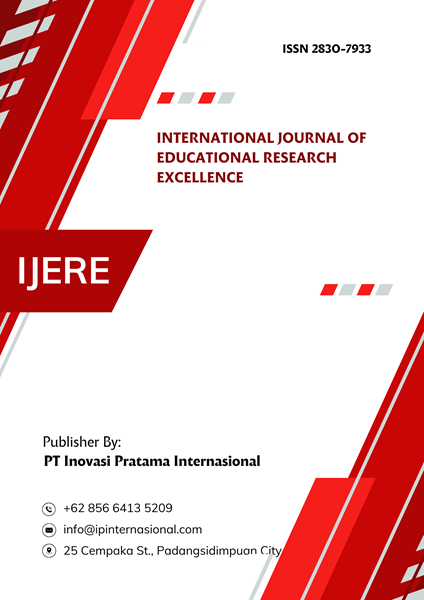An Analysis of Roland Barthes' Semiotic Theory: Focusing on Denotation, Connotation, and Myth
Main Article Content
Abstract
This article has an objective to discuss Roland Barthes’ semiotic theory. It focuses on the concepts of denotative meaning, connotative meaning and mythological meaning and builds upon Ferdinand de Saussure’s foundational semiotics. This research has a common methodological way of writing that is by using qualitative method or library research. The result of discussion is applicable to Barthes’ theory in comprehending of sign ways to account for cultural and ideological dimensions. His model of myth as a second order of semiological systems offers a powerful frame work for comprehending the ways in which everyday objects and media carry deeper ideological meanings. Through the analysis of selected texts of media, this research postulates how denotation and connotation are exemplified and providing literal and non-literal meanings. Denotative meaning provides literal meaning, connotation gives interpretative depth or individual meaning, as myth naturalizes ideological construction and it becomes part of artificial meanings. This article makes the conclusion that Barthes’ theory of semiotics is essential for critically decoding message in contemporary media culture.
Downloads
Article Details

This work is licensed under a Creative Commons Attribution 4.0 International License.
References
Barthes, R. (1964/1967). Elements of semiology. New York, NY: Hill and Wang.
Barthes, R. (1953). Writing degree zero.
Barthes, R. (1972). Mythologies (A. Lavers, Trans.). New York, NY: Hill and Wang.
Barus. (2023). Symbolic meanings of manuk Rulu in Karonese marriage tradition. International Journal of Education Research and Evaluation (IJERE).
Hall, S. (1980). Encoding/decoding. In S. Hall et al. (Eds.), Culture, media, language (pp. 128–138). London, England: Routledge.
Cuddon, J. A. (1998). A dictionary of literary terms and literary theory.
Moleong, L. J. (2012). Metodologi penelitian kualitatif. Bandung, Indonesia: Remaja Rosdakarya.
Saussure, F. de. (1983). Course in general linguistics (R. Harris, Trans.). London, England: Duckworth. (Original work published 1916)
Wilden, A. (1987) The Rules Are No Game, the Strategy of Communication. Routledge & Kegan Paul, Londres et. New York, New York, 432 p.
Williamson, J. (1978). Decoding advertisements: Ideology and meaning in advertising. London, England: Marion Boyars.
Sound Environment. (n.d.). Retrieved from https://soundenvironment.files.wordpress.com
LitChats. (n.d.). Retrieved from https://www.litchats.com
StudioBinder. (n.d.). Retrieved from https://www.studiobinder.com
Kementerian Kesehatan Republik Indonesia. (n.d.). Retrieved from https://kemkes.go.id/id/home

